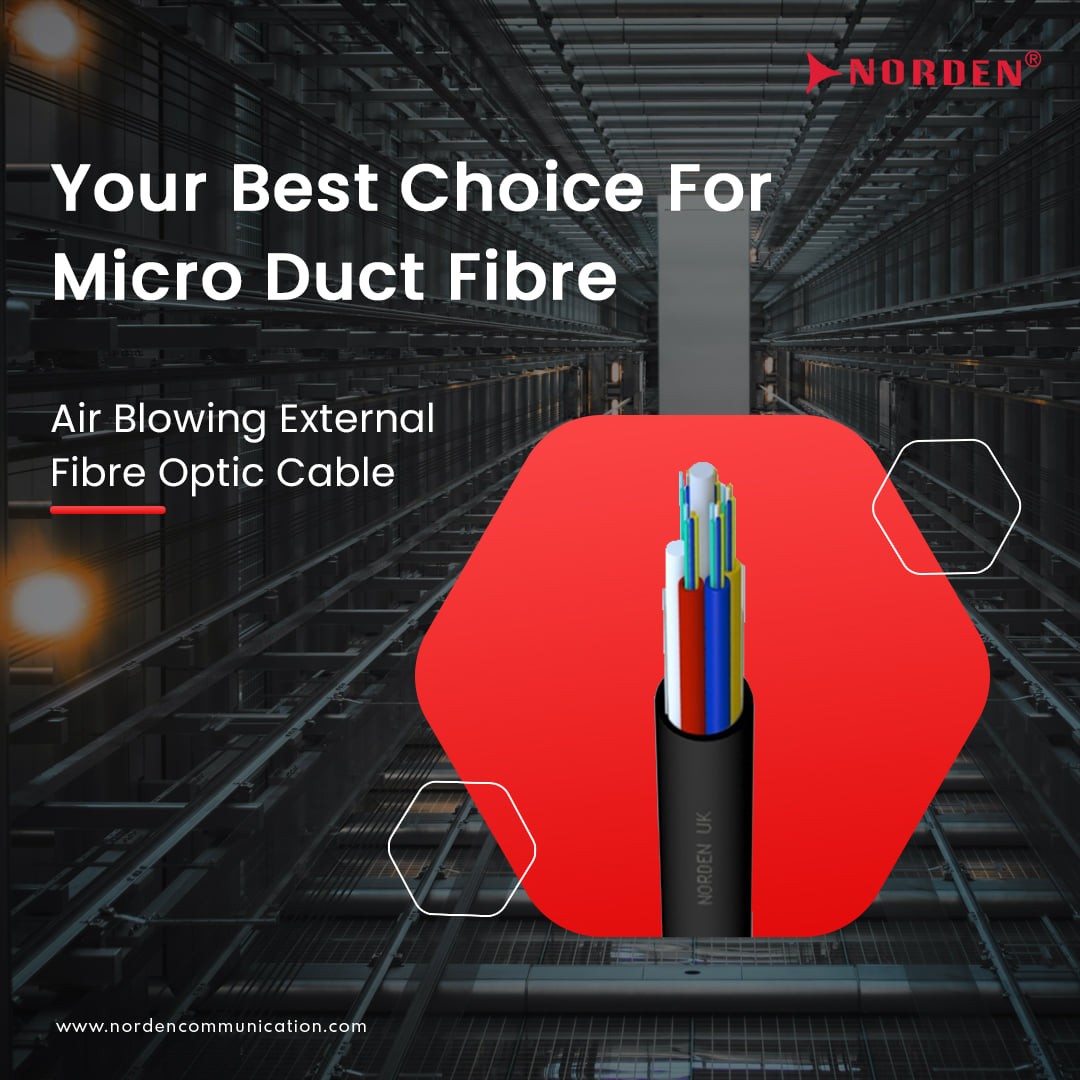
Despite being essentially different and fulfilling separate purposes, the phrases "composite cable" and "hybrid cable" are sometimes used interchangeably in networking circles. In this post, we will be discussing the differences between composite cables and hybrid cables. This factor influences your decision of choosing between both the cables, the applications as well as the benefits of using hybrid cables.
To begin, let's distinguish between Hybrid cables and Composite cables.
Composite cables have different varieties of the same transmission medium inside the same exterior cable jacket (for example, all metallic or all fibre). For example, cables with various sizes of copper conductors, some in single strands and others in pairs - all of which are made of copper. Even though they are frequently referred to as hybrid cables, it's vital to stress that they are not.
Hybrid cables have various pieces of different transmission/conductor mediums contained within the same outer cable jacket. Cables with both metallic (usually copper) and fibre optic conductors, for instance.
Read about: How To Choose The Best Fibre Optic Patch Panels?
The following are some variables to consider when deciding whether to use composite or hybrid cable designs:
Check out the complete range of our high-quality fibre cables

Let us evaluate the pros of using hybrid cables for data communications.
Hybrid technology requires only a single cable pull for installation and labour savings because data and power are incorporated into one cable structure. Installers can perform more work in less time because fewer man-hours are required to complete the job.
Hybrid cable construction also minimises the number of cables required; inventory SKUs are reduced as only one cable needs to be stocked and handled rather than two (power and data). This frees up warehouse space, adds hours to workdays, and helps you save money.
Rather than paying to run low-voltage electricity to each area that requires it, hybrid cable delivers power to these locations without the requirement for a local power source. Instead, power is transmitted by cable from a remote location.
This eliminates the need for separate data and power lines to each of the required locations.
Hybrid cable allows you to achieve things that Power over Ethernet (PoE) or category cable couldn't as it can transport low-voltage power over long distances.
A good example is wireless access points (WAPs). If you try to use category cable to reach WAPs in a large atrium area, for example, you can run into distance and/or power limitations. You can securely supply data and power to the wireless access point by connecting it to a hybrid cable instead, regardless of the length of the cable run.
You can store and manage one cable instead of two with a hybrid construction.
Indoor (plenum and riser) and indoor/outdoor (plenum and riser) uses are possible.
Know information on the difference between Ethernet Cable and Patch Cable
Based on their transmission material, communication cables are often divided into optical cables and copper cables. To explain, optical fibres are commonly used to transport light based on total internal reflection, and they offer benefits such as high bandwidth, low loss, and long transmission distance. They are, however, made of glass fibres, which are unable to transmit electricity. Copper cables are made out of copper wires that use electromagnetic waves to transport data. Copper cables can transfer both data and electrical signals since they are good conductors of electricity and heat, but they will heat up quickly in the process. Copper cables are not suitable for long-distance transmission since this may result in significant propagation loss.
Some network devices, such as 5G base stations and video surveillance cameras, are located in complex locations with limited power outlets. Faced with this challenge, the entire industry is attempting to build a cable that maximises the benefits of optical and copper lines while reducing their drawbacks. The hybrid cable is useful in this situation. It uses optical fibres to transport data and copper wires to convey electrical impulses, allowing for long-distance power transmission without sacrificing data transmission speed.
After years of development, the hybrid cable is now widely employed in a variety of applications, including 5G base station signal coverage and FTTA wiring. Furthermore, as Wi-Fi technologies advance, higher demands for campus network bandwidth and PoE power supply quality become necessary. To fulfil these demands, numerous industry vendors are looking into using hybrid cables on campus networks.